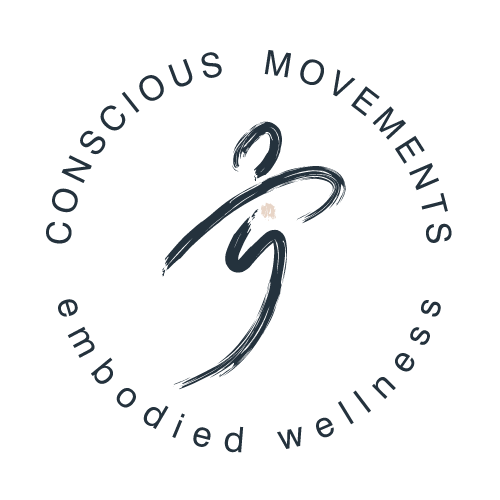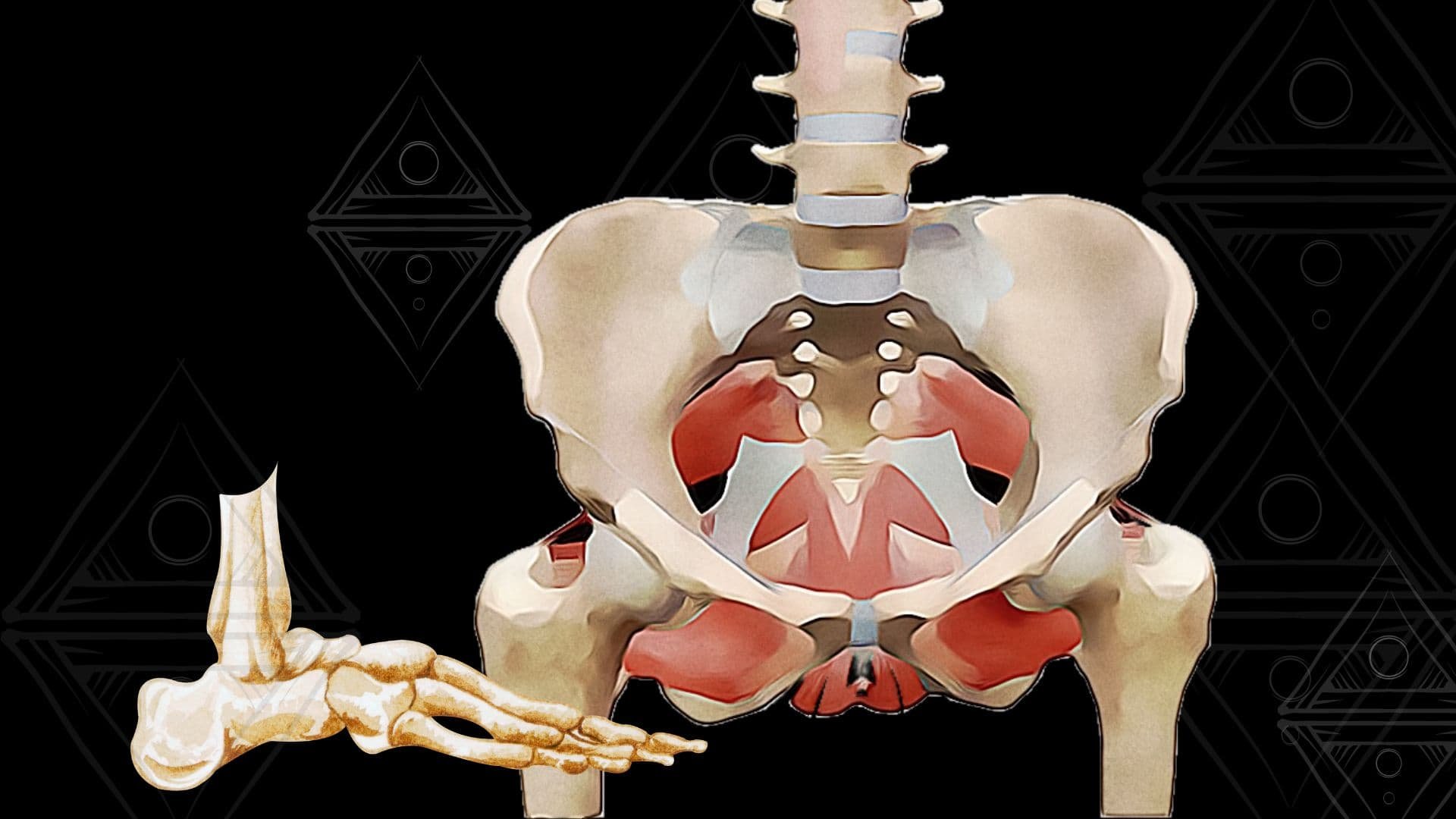The Brilliance of W-Sitting
Taking time to explore with your child will empower both of you for a lifetime.
—Buffy Owens
… and Learning How To Play For Another Way
I have come across several articles recently that suggest that you tell your child NO or that you insist your child sit differently every time you find her sitting in the “W” position. But I am here to say that the No-No approach deprives both you and your child of valuable learning.
First, let me remind you that your child is simply brilliant! If she could sit comfortably in other positions — she would, and telling her not to do something that feels safe and comfortable only undermines your child’s sense of self. So, let’s see if we can learn why she is sitting “W” style and use that knowledge as a foundation for understanding, connecting, and empowerment. Second, you probably know the old adage by Lao Tzu: “When the best leader’s work is done the people say, ‘We did it ourselves!’
Well, as a parent and teacher it is sometimes your role to lead in the dance of development. It is up to you to help create a space and pace for your child to experience the joys of learning — learning that allows the higher levels of organization that are important for coordination, balance, and attention. Taking time to explore with your child will empower both of you for a lifetime.
What is W-sitting?
“W-Sitting” or “W-Sit” is referring to the position of a child’s legs when they sit on their bums with their knees bent and their feet out to either side of their hips. I know you have seen this somewhere before. Perhaps you think it looks a lot like the Vajrayana pose you do in your yoga class. Maybe you did it as a kid or know someone who has. Perhaps you have even seen it in your munchkin.
When is it okay?
Children often move into and out of this position during play or when transitioning from crawling to sitting— especially before 11 months. It temporarily widens the base of support, giving the child a greater sense of stability and balance during exploration and play. You may even see your older child coming in and out of this position from time-to-time. W-sitting is perfectly normal and a brilliant strategy for freeing the arms and hands for play when used in this way. The key is that they have several positions to sit in and can easily transition between them comfortably.
What if my child is older and only sits the “W” way?
First, hug that child! Isn’t it fantastic that she was able to find a position that felt safe and allowed her to delve into more complex explorations like reaching for a toy or finger painting? Okay, now that you acknowledged her brilliance, let’s see if we can help her discover that same sense of stability and comfort in other positions. Chances are she hasn’t fully integrated the Symmetrical Tonic Neck Reflex (STNR) and is overcompensating.
Whew! That was some serious developmental jargon. So let’s see if the following sounds familiar: maybe she wasn’t comfortable on her belly as an infant or skipped the creeping and crawling phase — bunny hops and bum scoots are popular strategies that keep them moving. A lot of people go through life just fine, skipping over these developmental phases. Many of them find ways of integrating later on…but some don’t.
Below are some of the side effects of having a ‘retained STNR.’ Remember, it is a reflex, which is neurological. The reflex impacts action, which in turn influences muscle development, which then makes changing a habit more challenging. So the earlier we integrate, the easier it is. But we are human, and most of us have an incredible capacity for learning, growing, and integrating throughout all the phases of our life.
Effects of Retained STNR
Poor upper and lower body integration
“Slouching” posture, particularly when sitting or standing
Poor hand-eye coordination when movements toward and away from the self are required — tendency to be clumsy while eating or difficulty playing catch
Larger movements that involve upper and lower body coordination (swimming, somersaults, etc.)
Can’t sit still — legs wrap around the chair or prefers to stand
Difficulties copying
Integrating Through Play
GET OUT AND CLIMB!
A teacher once told me that climbing is the big-kid version of crawling. You get to play with cross-lateral movements (opposite arm and legs), side-bending, extension in reaching up, and so much more. Plus, it’s fun! Many of today’s parks offer a variety of climbing structures — everything from rope ladders to climbing walls. With a variety of climbing structures, comes a vast array of climbing options. Yippie! See, each climber encourages or requires a child to engage in specific types of climbing behavior. These can include the use of both hands and feet, use of feet and lower body, use of hands and upper body, use of equipment in multiple ways, and balancing the body on moving equipment. The slope of equipment, types of handholds, the distance between components, and various other features contribute to these different patterns of use. All of this is good news — because when we are trying to shift a habit, adding in variation (with fun) is essential.
MOVE LIKE AN ANIMAL
Stephen Rosenholtz’s Move Like the Animals & Monkey Moves DVD Set is a fantastic and fun resource for all kids. I highly recommend ordering a copy. You can also use your imagination and inspire your child to explore the moving like the animals below. You can even make a mask for each animal and enjoy the wonders of Arts and Crafts.
The Frisky Frog
RIBBIT! Knees bent, arms straight is exactly what the STNR is. So if you got it, flaunt it. Squatting down with her arms on the inside of her legs like a little leaping frog will help to open those hips while honoring the wisdom of the reflex. So clear some space, jump around, and remember that RIBBIT is the sound.
The Silly Salamander
Here is a playful opportunity to revisit the creeping phase. Lie on your tummy and lean on your elbows and forearms. (Now it’s time for your singing voice) You bend your leg to the side and look around…..sssssss that’s the sound. Now slide it back down. Bring the other knee up and look around…..sssss that’s the sound. Now slide it back down. See if you slither and slide all the way across the room and back.
The Pouncing Tiger
One of the ways that infants utilize the STNR reflex and begin to integrate it is by rocking on the hands and knees. This weight shifting helps balance the muscular systems of the upper and lower halves of the body and plays a role in improving the visual accommodation. You can encourage this by playing the Pouncing Tiger. The two of you can get down on all fours and ROAR as loud as you can as you shift your weight from knees to your hands. Roar and rock. And rock and roar.
The Curious Cat
Just think about all the things a little kitty-kat does. Meow-meow your way onto your side, then curl up into a ball and try to hide—roll to-and-fro from side-to-side. Then rest on your back and stretch your hide…reach, reach your paws in all directions. Then meow and roll, meow, and roll. Then up onto all fours to roam around, we go. Shhhhh….what’s that you hear? Round your back and show your fear. Oh, and now to your delight, there’s a small ball in your sites. So hunt it down, and bat it around with front paw left and front paw right. Now it’s time to curl up again and say good night.
Find a Practitioner
Please seek a movement specialist if you don’t see changes, feel that your child is past the point of playful home-intervention, or feel unsure. I would recommend finding a practitioner that will work with your child as a whole, taking into account both the physical body and the innate capacity for learning.
Below is a short list of Methods that I respect. All of which I believe can be a powerful asset in enhancing development. That said, there are also a lot of Physical & Occupational Therapists that do wonderful work with children. So reach out to the practitioners in your area and get a feel for their experience and approach
• The Feldenkrais Method of Somatic Education: Feldenkrais Guild of North America
• Child’Space: Child’Space Website
• The Anat Baniel Method: Anat’s Website
• Neuro-Physiolgical Psychology: INPP Website (United Kingdom)
RELATED POSTS














